#Gold Coast
Text
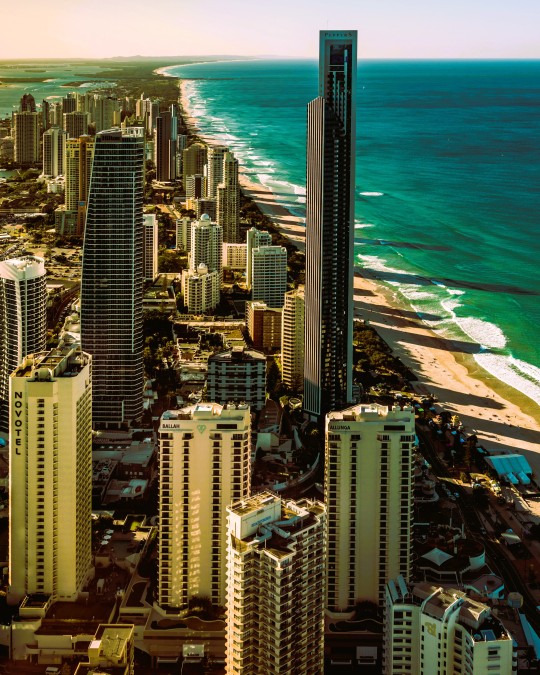
Gold Coast, Queensland, Australia: The Gold Coast, often referred to by its initials G.C., is a city in Queensland, Australia. It is Australia’s sixth-largest city, the most populous non-capital city, and the state's second-largest city after Brisbane. The Gold Coast is a coastal city. The Gold Coast is a major tourist destination with a sunny, subtropical climate and has become widely known for its surfing beaches (such as Surfers Paradise), high-rise dominated skyline, theme parks, nightlife, and rainforest hinterland. Wikipedia
60 notes
·
View notes
Text
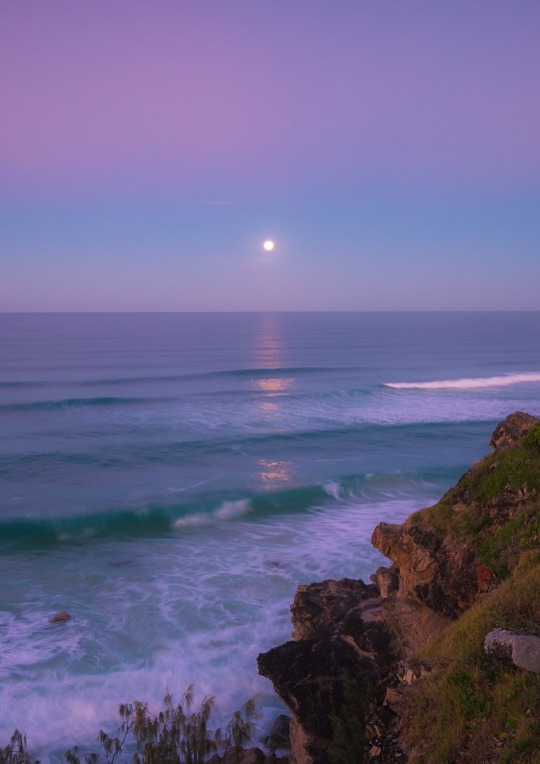
keykodesign
3K notes
·
View notes
Text

Portrait of a Woman from the Gold Coast by Beatrice Bright (1860-1941)
2K notes
·
View notes
Text

Busting out
#bootie peach#beauty#snapchap#pawgbooty#goddess#hot as fuck#beautiful photos#buffalo#gillettewy#Casper#rawlins#gold coast#self love#self care#thick hips#thicc af#thick babe#thick vibes only
2K notes
·
View notes
Text
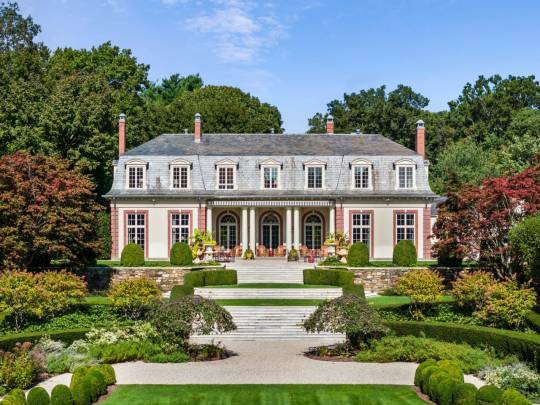
"Haut Bois," Brookville, Long Island, NY, United States
Originally built by Ogden Codman Jr. in 1912,
Landscape was designed by Jacques Greber
#art#design#architecture#history#luxury lifestyle#style#luxury house#luxury homes#haut bois#long island#brookville#new york#gold coast#luxury home#landscaping#gardens#jacques greber#ogden codman Jr
243 notes
·
View notes
Photo

(by Adrian Enache)
2K notes
·
View notes
Text
I was in Gold Coast, Australia and my mum and I were being driven around by a man who had been missing for 78 years. At the end of the journey, he said to me, “Goodbye. I will never forget you.”
#dream#text#October 15th 2023#gold coast#australia#mum#mother#family#driving#missing person#queueueueueueueueueueueueueue
396 notes
·
View notes
Text
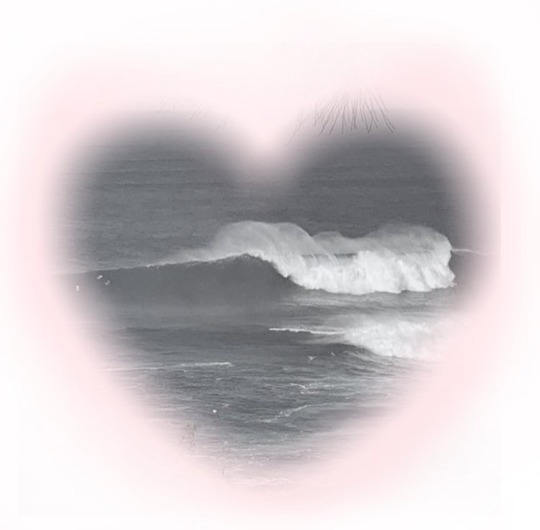
༺♡༻
#lana del rey#white oleander#girlblogging#coquette#angelcore#lizzy grant#born to die#key west cutie#key west kitten#key west florida#tropicore#Tropico#h2o just add water#emma gilbert#cleo sertori#rikki chadwick#soft girl#soft core#gold coast#vintage#sacred femine#baby doll#Angelic#malibu barbie#barbie core#coconut girl#my post
605 notes
·
View notes
Text
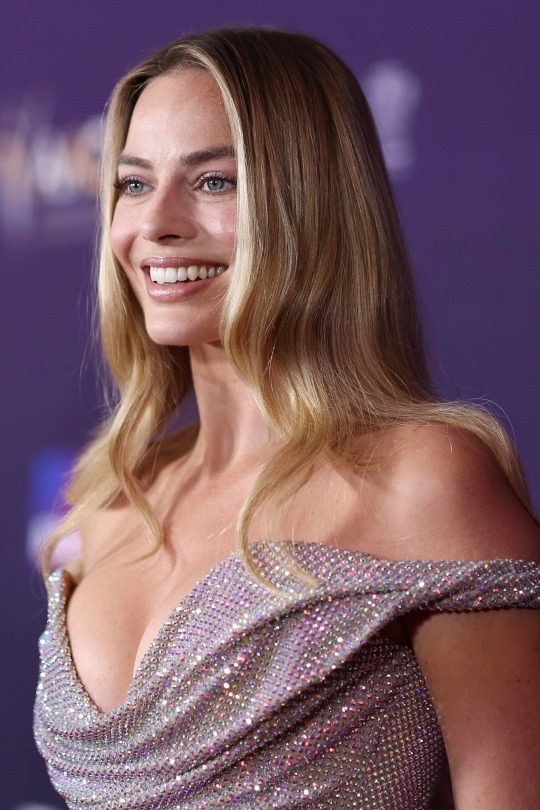









Margot Robbie attends the 2024 AACTA Awards Presented by Foxtel Group at HOTA (Home of the Arts) on February 10, 2024 in the Gold Coast, Australia.
#margot robbie#aacta awards#2014#gold coast#australia#red carpet#stunning#australian#hot celebs#actress#queensland
88 notes
·
View notes
Text


Afro-Jamaicans are Jamaicans of predominant African descent. They represent the largest ethnic group in the country.
The ethnogenesis of the African Jamaican people stemmed from the Atlantic slave trade of the 16th century, when enslaved Africans were transported as slaves to Jamaica and other parts of the Americas. During the period of British rule, slaves brought into Jamaica were primarily Akan, some of whom ran away and joined with Maroons and even took over as leaders

West Africans were enslaved in wars with other West African states and kidnapped by either African or European slavers. The most common means of enslaving an African was through abduction.

Based on slave ship records, enslaved Africans mostly came from the Akan people (notably those of the Asante Kotoko alliance of the 1720's: Asante, Bono, Wassa, Nzema and Ahanta) followed by Kongo people, Fon people, Ewe people, and to a lesser degree: Yoruba, Ibibio people and Igbo people. Akan (then called Coromantee) culture was the dominant African culture in Jamaica.
Originally in earlier British colonization, the island before the 1750s was in fact mainly Akan imported. However, between 1663 and 1700, only six per cent of slave ships to Jamaica listed their origin as the Gold Coast, while between 1700 and 1720 that figure went up to 27 per cent. The number of Akan slaves arriving in Jamaica from Kormantin ports only increased in the early 18th century. But due to frequent rebellions from the then known "Coromantee" that often joined the slave rebellion group known as the Jamaican Maroons, other groups were sent to Jamaica. The Akan population was still maintained, since they were the preference of British planters in Jamaica because they were "better workers", according to these planters. According to the Slave Voyages Archives, though the Igbo had the highest importation numbers, they were only imported to Montego Bay and St. Ann's Bay ports, while the Akan (mainly Gold Coast) were more dispersed across the island and were a majority imported to seven of 14 of the island's ports (each parish has one port).

Myal and Revival
Kumfu (from the word Akom the name of the Akan spiritual system) was documented as Myal and originally only found in books, while the term Kumfu is still used by Jamaican Maroons. The priest of Kumfu was called a Kumfu-man. In 18th-century Jamaica, only Akan gods were worshipped by Akan as well as by other enslaved Africans. The Akan god of creation, Nyankopong was given praise but not worshipped directly. They poured libation to Asase Ya, the goddess of the earth. But nowadays they are only observed by the Maroons who preserved a lot of the culture of 1700s Jamaica.
"Myal" or Kumfu evolved into Revival, a syncretic Christian sect. Kumfu followers gravitated to the American Revival of 1800 Seventh Day Adventist movement because it observed Saturday as god's day of rest. This was a shared aboriginal belief of the Akan people as this too was the day that the Akan god, Nyame, rested after creating the earth. Jamaicans that were aware of their Ashanti past while wanting to keep hidden, mixed their Kumfu spirituality with the American Adventists to create Jamaican Revival in 1860. Revival has two sects: 60 order (or Zion Revival, the order of the heavens) and 61 order (or Pocomania, the order of the earth). 60 order worships God and spirits of air or the heavens on a Saturday and considers itself to be the more "clean" sect. 61 order more deals with spirits of the earth. This division of Kumfu clearly shows the dichotomy of Nyame and Asase Yaa's relationship, Nyame representing air and has his 60 order'; Asase Yaa having her 61 order of the earth. Also the Ashanti funerary/war colours: red and black have the same meaning in Revival of vengeance. Other Ashanti elements include the use of swords and rings as means to guard the spirit from spiritual attack. The Asantehene, like the Mother Woman of Revival, has special two swords used to protect himself from witchcraft called an Akrafena or soul sword and a Bosomfena or spirit sword

Jamaican Patois, known locally as Patwa, is an English creole language spoken primarily in Jamaica and the Jamaican diaspora. It is not to be confused with Jamaican English nor with the Rastafarian use of English. The language developed in the 17th century, when enslaved peoples from West and Central Africa blended their dialect and terms with the learned vernacular and dialectal forms of English spoken: British Englishes (including significant exposure to Scottish English) and Hiberno English. Jamaican Patwa is a post-creole speech continuum (a linguistic continuum) meaning that the variety of the language closest to the lexifier language (the acrolect) cannot be distinguished systematically from intermediate varieties (collectively referred to as the mesolect) nor even from the most divergent rural varieties (collectively referred to as the basilect). Jamaicans themselves usually refer to their use of English as patwa, a term without a precise linguistic definition.
Jamaican Patois contains many loanwords of African origin, a majority of those etymologically from Gold Coast region (particularly of the Asante-Twi dialect of the Akan language of Ghana).
Most Jamaican proverbs are of Asante people, while some included other African proverbs

Jamaican mtDNA
A DNA test study submitted to BMC Medicine in 2012 states that "....despite the historical evidence that an overwhelming majority of slaves were sent from the Bight of Biafra and West-central Africa near the end of the British slave trade, the mtDNA haplogroup profile of modern Jamaicans show a greater affinity with groups found in the present-day Gold Coast region Ghana....this is because Africans arriving from the Gold Coast may have thus found the acclimatization and acculturation process less stressful because of cultural and linguistic commonalities, leading ultimately to a greater chance of survivorship and a greater number of progeny."
More detailed results stated: "Using haplogroup distributions to calculate parental population contribution, the largest admixture coefficient was associated with the Gold Coast(0.477 ± 0.12 or 59.7% of the Jamaican population with a 2.7 chance of Pygmy and Sahelian mixture), suggesting that the people from this region may have been consistently prolific throughout the slave era on Jamaica. The diminutive admixture coefficients associated with the Bight of Biafra and West-central Africa (0.064 ± 0.05 and 0.089 ± 0.05, respectively) is striking considering the massive influx of individuals from these areas in the waning years of the British Slave trade. When excluding the pygmy groups, the contribution from the Bight of Biafra and West-central rise to their highest levels (0.095 ± 0.08 and 0.109 ± 0.06, respectively), though still far from a major contribution. When admixture coefficients were calculated by assessing shared haplotypes, the Gold Coast also had the largest contribution, though much less striking at 0.196, with a 95% confidence interval of 0.189 to 0.203. When haplotypes are allowed to differ by one base pair, the Jamaican matriline shows the greatest affinity with the Bight of Benin, though both Bight of Biafra and West-central Africa remain underrepresented. The results of the admixture analysis suggest the mtDNA haplogroup profile distribution of Jamaica more closely resembles that of aggregated populations from the modern-day Gold Coast region despite an increasing influx of individuals from both the Bight of Biafra and West-central Africa during the final years of trading enslaved Africans.
The aforementioned results apply to subjects whom have been tested. Results also stated that African Jamaicans (that make up more than 90% of the population) on an average have 97.5% of African MtDNA and very little European or Asian ancestry could be found. Both ethnic and racial genetic results are based on a low sample of 390 Jamaican persons and limited regional representation within Jamaica. As Afro-Jamaicans are not genetically homogeneous, the results for other subjects may yield different results.
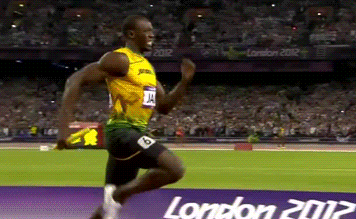
#african#afrakan#kemetic dreams#africans#brownskin#brown skin#afrakans#african culture#afrakan spirituality#asante#jamaican#benin#bight of biafra#gold coast#mtdna#afro jamaicans#twi#west africa#africa#algeria#uganda#ethiopia#ghana#myal#rastafari#rasta#rastaman#rasta love#kisumi amau#tegan and sara
86 notes
·
View notes
Text


🪶🤣laughing kookaburra🤣🪶
#bird#kookaburra#laughing kookaburra#birdblr#australia#gold coast#queensland#city#aves#coraciiformes#request#you're gonna wanna click that link for sound. definitely ^^'
81 notes
·
View notes
Photo

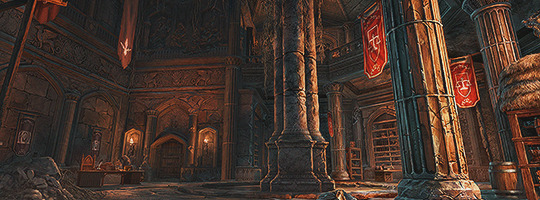

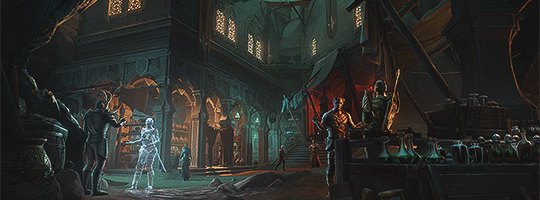

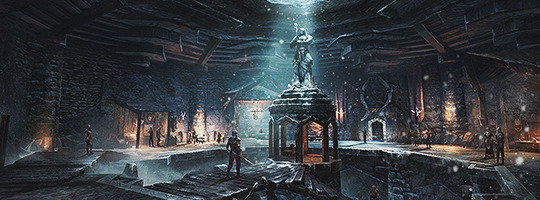




ELDER SCROLLS ONLINE: LOADING SCREENS
↳ OUTLAWS REFUGES [1/2]
#elder scrolls online#eso#elder scrolls#tamriel#grahtwood#ayleid#orsinium#lilmoth#markarth#skyrim#leyawiin#cyrodiil#gold coast#gonfalon bay#high isle#fargrave#anvil#alinor#tesedits#edits#long post#i beg of queue remember my name
1K notes
·
View notes
Text

my inner child was so excited!!!!
79 notes
·
View notes
Text
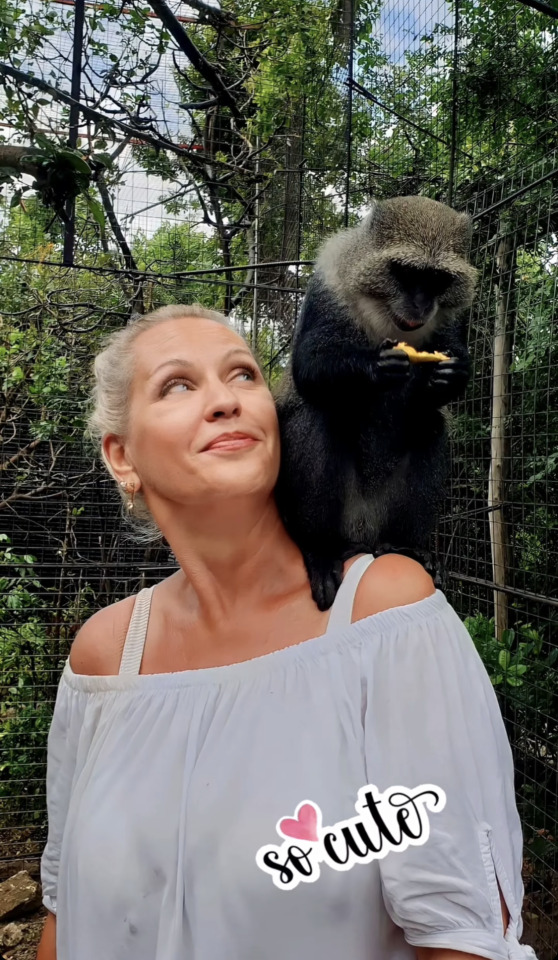
Cute 🥰
#holiday#vacation#mommyandme#cute#monkey#beautiful mature#nature#melbourne#gold coast#vienna#Graz#linz#berlin#munich#zurich#lifestyle#beautiful smile#bvb dortmund#amsterdam#self love#cougar
150 notes
·
View notes
Text
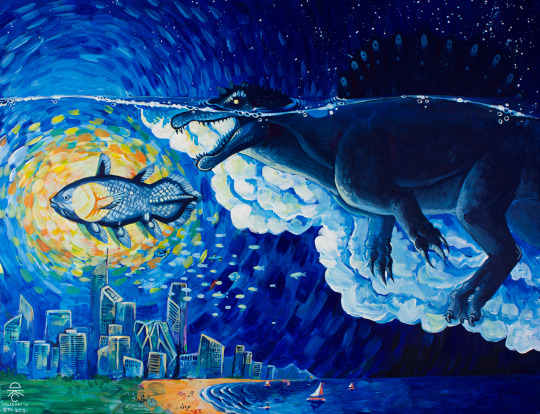



Sunchaser, 2021, Acrylic on Plywood
Painted back when spinosaurus was presumed to be aquatic
This has now been added to Redbubble! L-nk in notes!
#palaeoblr#paleoart#traditional art#artists on tumblr#dinosaur#acrylic painting#ocean#sea#blue#coelacanth#spinosaurus#kitesurfing#gold coast#if anyone wants something on redbubble of this#lmk :)#draakart#2021
415 notes
·
View notes
